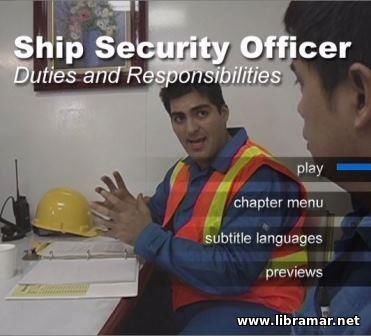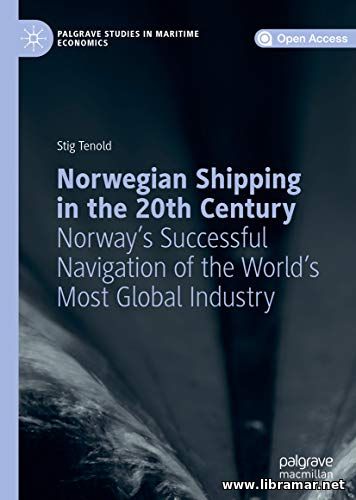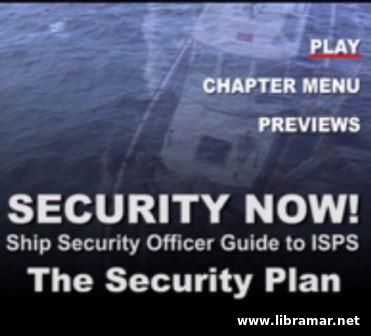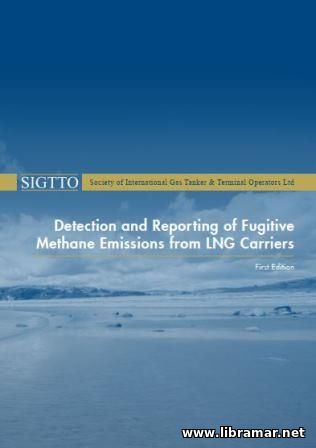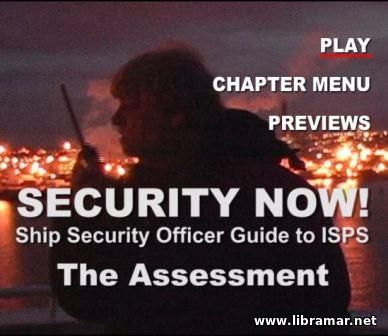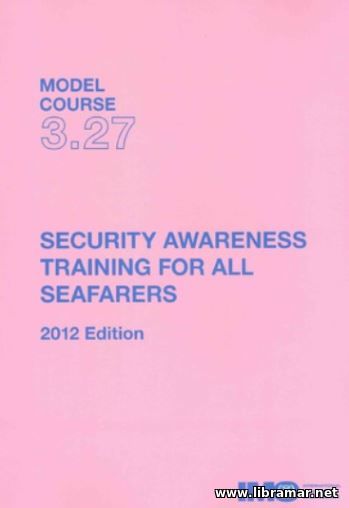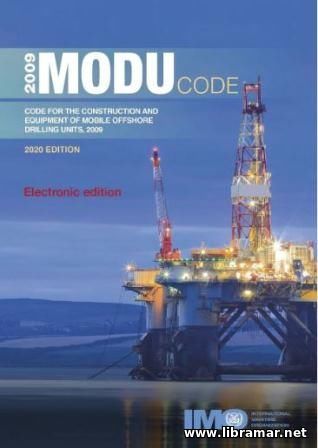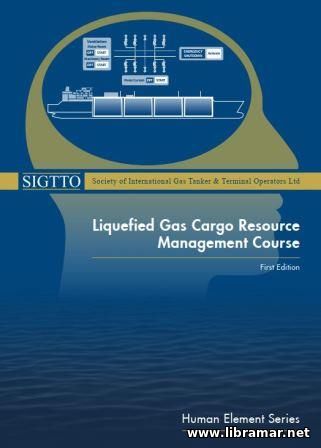
The content of the present Cargo Resource Management course, or CRM for short was developed by the SIGTTO with the ultimate goal to provide necessary help relating to the optimization of the performance of those crew members directly involved in the shipboard cargo activities. The areas covered by the authors include the communication and situational awareness, as well as the proper teamwork and managing the workload of the personnel.
First of all, the readers will get some general information on the planning and further executing cargo operations on board, and then they will proceed to the organization and procedures related to the Cargo Control Room arrangements. The main idea is to make the cargo team behave and work in the maximum effective manner and this is why the ways shall be found to effectively modify the existing relations and make sure that the safest team culture is achieved.
In addition to that, due attention shall be paid to the lessons that have been learned from the incidents occurred in the past, and the critical operations shall be duly identified to move forward. The trainees who have successfully completed the course, will obtain required understanding of the safe and effective cargo handling operations.
